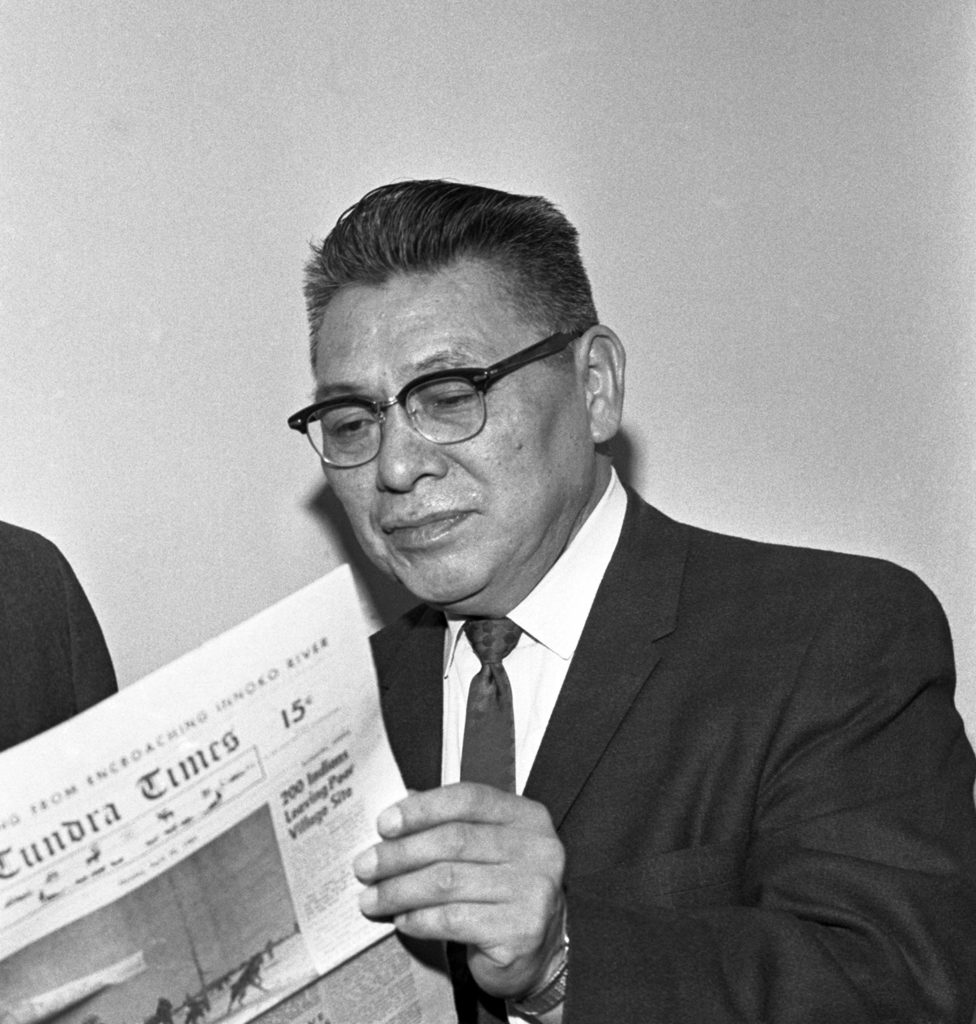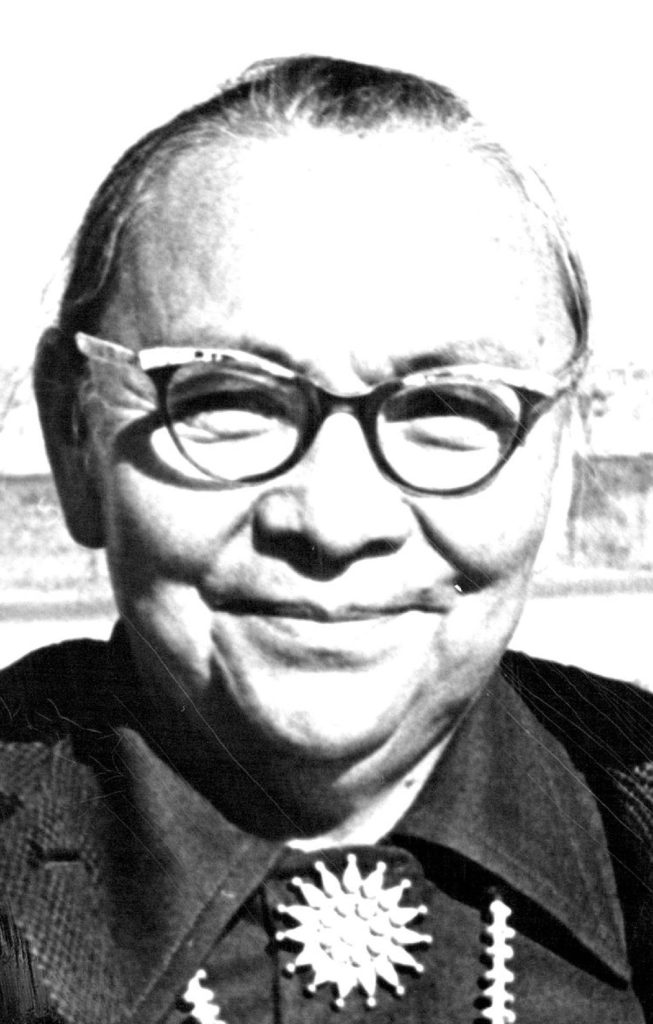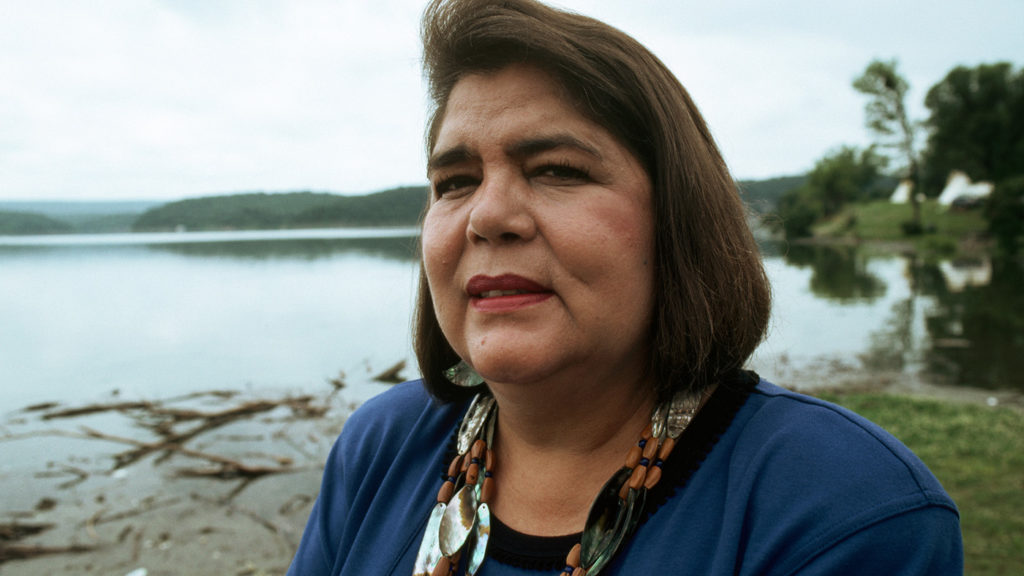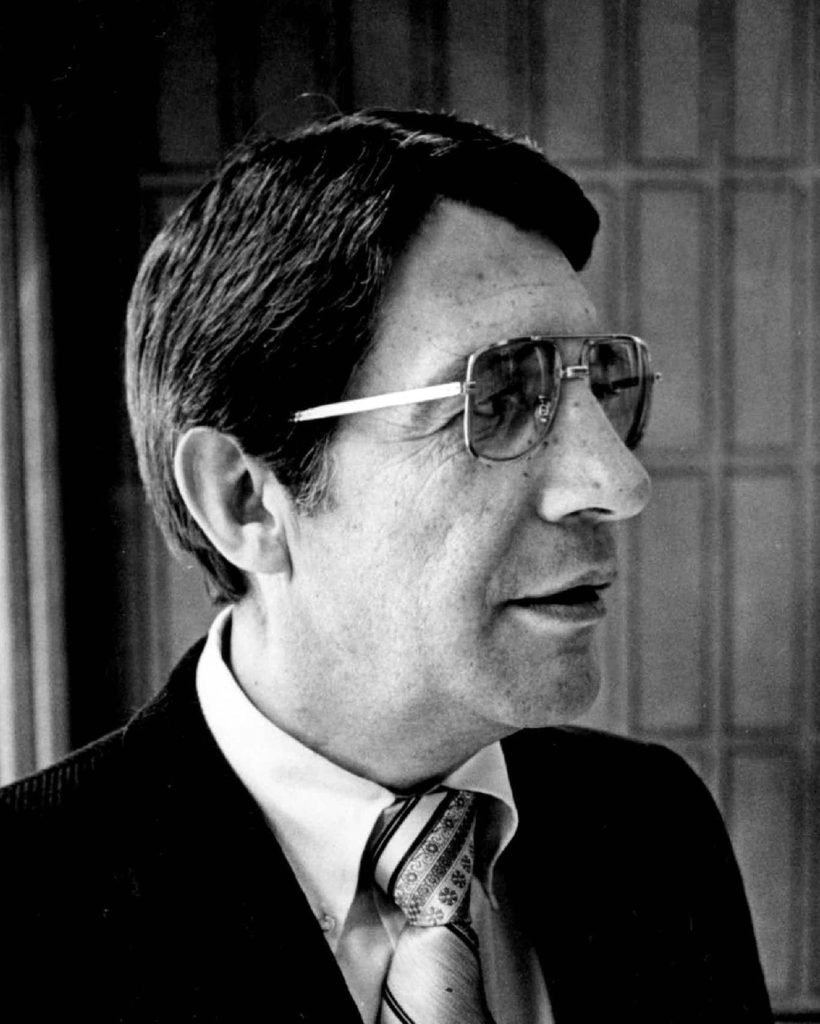10 Indigenous People Whose Statues Should Replace Columbus’

Around the world, statues are coming down. Civil War generals. Mass murderers. And Christopher Columbus.
In every case, far more stone monuments remain than are removed. A survey by the Southern Poverty Law Center found some 1,800 named memorials honoring Confederates. Add to that union generals. And military leaders from the American Revolution, etcetera, etcetera, etcetera.
The generals are men of course. One study said there is a “staggering lack of public statues of women.” A database in the New Statesman in the U.K. and The Washington Post in the U.S. found only 13% and 7% of statues in these countries depict historical women as opposed to historical men.
Who should we be honoring?
So what’s next? How do we make the stone-tablet version of our history more representative of the actual history?
Wednesday, President Donald Trump nixed the idea of renaming military bases to make the country more reflective.
“These Monumental and very Powerful Bases have become part of a Great American Heritage, and a history of Winning, Victory, and Freedom,” Trump tweeted. “Therefore, my Administration will not even consider the renaming of these Magnificent and Fabled Military Installations. Our history as the Greatest Nation in the World will not be tampered with. Respect our Military.”
A few statues of American Indians and Alaska Natives are spread out across the country. In fact: Some of the most representative locations are Congress and a few state legislatures. In the U.S. Capitol (standing alongside Andrew $%!* Jackson, colonizer Junipero Serra, would-be dictator Huey P. Long and missionary killer Marcus Whitman) there is Kamehameha I, Po’Pay, Will Rogers, Sakakawea, Sarah Winnemucca, Standing Bear Washakie and Sequoyah.
So at least 4% scoundrel (certainly could have added more names to that side of the ledger) and 8% Indigenous.
Let’s play “what if?” What if the rest of the country was like that? Who should we be honoring?
Imagine the 20th century and the Native leaders that could be honored on civic plazas, in front of city halls or on university campuses. (Yes, there are a few now, but we are talking numbers. At least 2% of all the statues. And even better is the 7% goal set by Congress’ own example.)
The list could include:
Vine Deloria Jr., Standing Rock. It’s hard to chronicle Vine Deloria in terms of his importance to the country and to Native America. He was a thinker. An architect of change. And, always, a writer. When it comes to honoring the past, Custer Died For Your Sins defines the possible. “Crazy Horse never drafted anyone to follow him. People recognized that what Crazy Horse did was for the best and was for the people,” Deloria wrote. “When Crazy Horse was dying, having been bayoneted in the back at Fort Robinson, Nebraska, Crazy Horse said to his father, ‘Tell the people it is no use to depend on me any more.’
“Until we can once again produce people like Crazy Horse, all the money and help in the world will not save us. It is up to us to write the final chapter of the American Indian upon this continent.”
Deloria could have been writing about himself.
Lucy Covington, Colville. She was a rancher-turned-politician who led the fight against the failed policy of termination in the 1960s. Termination was an idea to save money by ending the federal government’s relationship with tribes. (She would sell a cow to pay her way to Washington.) One of the tools that she used in this fight: a tribal newspaper. She started Our Heritage, a newspaper with the mission of informing tribal members about the issues. She would lead a quiet campaign to quell what she called the “present fever and fervor for termination.”

Howard Rock, Inupiat. He was the legendary founder and editor of The Tundra Times. He once called his newspaper an “unselfish venture.” The Tundra Times was essential reading for anyone and everyone interested in Alaska issues. Rock maintained a nonpartisan editorial position but endorsed individual candidates based on Native issues. He also wrote about Native culture, and the newspaper carefully followed and reported on the Alaska Native Claims Settlement Act developments until the legislation became law in 1971.

Annie Dodge Wauneka, Navajo. She became a nurse caring for patients during an influenza pandemic. She had the flu when she was young and gained enough antibodies to be immune. Later she traveled door-to-door on the Navajo Nation explaining tuberculosis. She was the first woman member of the Navajo Nation Council. And she was given the Presidential Medal of Freedom.
Jackson Sundown, Nez Perce, born as Waaya-Tonah-Toesits-Kahn. He was a champion rodeo rider who became a folk hero because of his performance in the 1916 Pendleton Round-Up.
Elizabeth Peratrovich, Tlingit. She championed equal rights for Alaska Natives. She is credited for persuading lawmakers to pass the Anti-Discrimination Act of 1945, the first anti-discrimination law in the United States. Every year on Feb. 16, Alaska celebrates Elizabeth Peratrovich Day.
Billy Frank Jr., Nisqually. Frank was a tribal leader who fought for treaty rights, and that included defying the state of Washington on the river. He said: “I was not a policy guy. I was a getting-arrested guy.” But those arrests led to something. He became friends with those who shackled him. He was appointed to offices by the same governors who once had him arrested. He convinced the entire establishment in the Pacific Northwest that he was, indeed, right—and that folks were better off joining him in his cause.
And because of Billy Frank Jr., the salmon survive today and have returned to streams where they were once extinct. And the tribal communities of the Northwest are stronger in so many ways.

Wilma Mankiller, Cherokee. She was the first woman elected as principal chief of the Cherokee Nation. In a speech at Emory University, she told a story about the United States sending a negotiation team to meet the Cherokees and draft a treaty. One of the initial questions was: “Where are your women?” Cherokee women often accompanied their leaders at important ceremonies and negotiations—and it was inconceivable that the representatives from the federal government would come alone. How can you negotiate anything with only half your people or half a way of thinking? Mankiller was awarded the Presidential Medal of Freedom.
Helen Peterson, Cheyenne and Lakota. She was the long-serving executive director of the National Congress of American Indians during much of the termination era. But that was her second career. Before that, she was an expert in Latin America, promoting human rights for farm workers and other Latin Americans. In 1949 she represented the United States at an international conference in Peru. She was a friend of Eleanor Roosevelt, who encouraged her to move to Washington, D.C. “The Indians are their own best spokesmen, their own best diplomats; but they can exercise these roles effectively only in proportion to their opportunities to exchange information and to use their combined strength and concerted voice,” she wrote in an article calling for more participation by Native people in elections. Her son, Max Peterson, put Helen Peterson’s career in perspective when she died. “During those times, there were no women in power, really,” he said in the Denver Post. “Her accomplishments don’t sound like much now because a lot of women are doing the same things, but back then, doing those things were a big deal. She went to Washington as a lobbyist. That was an exclusively male area, and she managed to do a great job on behalf of Indian legislation and Indian rights.”

Forrest Gerard, Blackfeet. Gerard was one of the first American Indians to work on Capitol Hill and helped guide the Senate past the policy of termination into tribal self-determination. He worked for U.S. Sen. Henry Jackson and the Interior Committee where the “golden era” of Indian policy bills rolled off a legislative assembly line, the Indian Finance Act, the Indian Self-Determination and Education Assistance Act, and the Indian Health Care Improvement Act.
This list, of course, is not the end—only the beginning. Because in a country of this size and diversity it makes little sense to cling to statues that honor only a few, including historical figures unworthy of such acclaim. There remains a richer story that has yet to be told, chapter by chapter, stone by stone, and generation by generation.
This article was originally published by Indian Country Today. It has been published here with permission.

|
Mark Trahant
is editor-at-large for Indian Country Today. Trahant leads the Indigenous Economics Project, a comprehensive look at Indigenous economics, including market-based initiatives. Trahant is a member of the Shoshone-Bannock Tribes and has written about American Indian and Alaska Native issues for more than three decades. He is a member of the American Academy of Arts and Sciences and has held endowed chairs at the University of North Dakota and University of Alaska Anchorage, and has worked as a journalist since 1976. Trahant is a YES! contributing editor.
|







